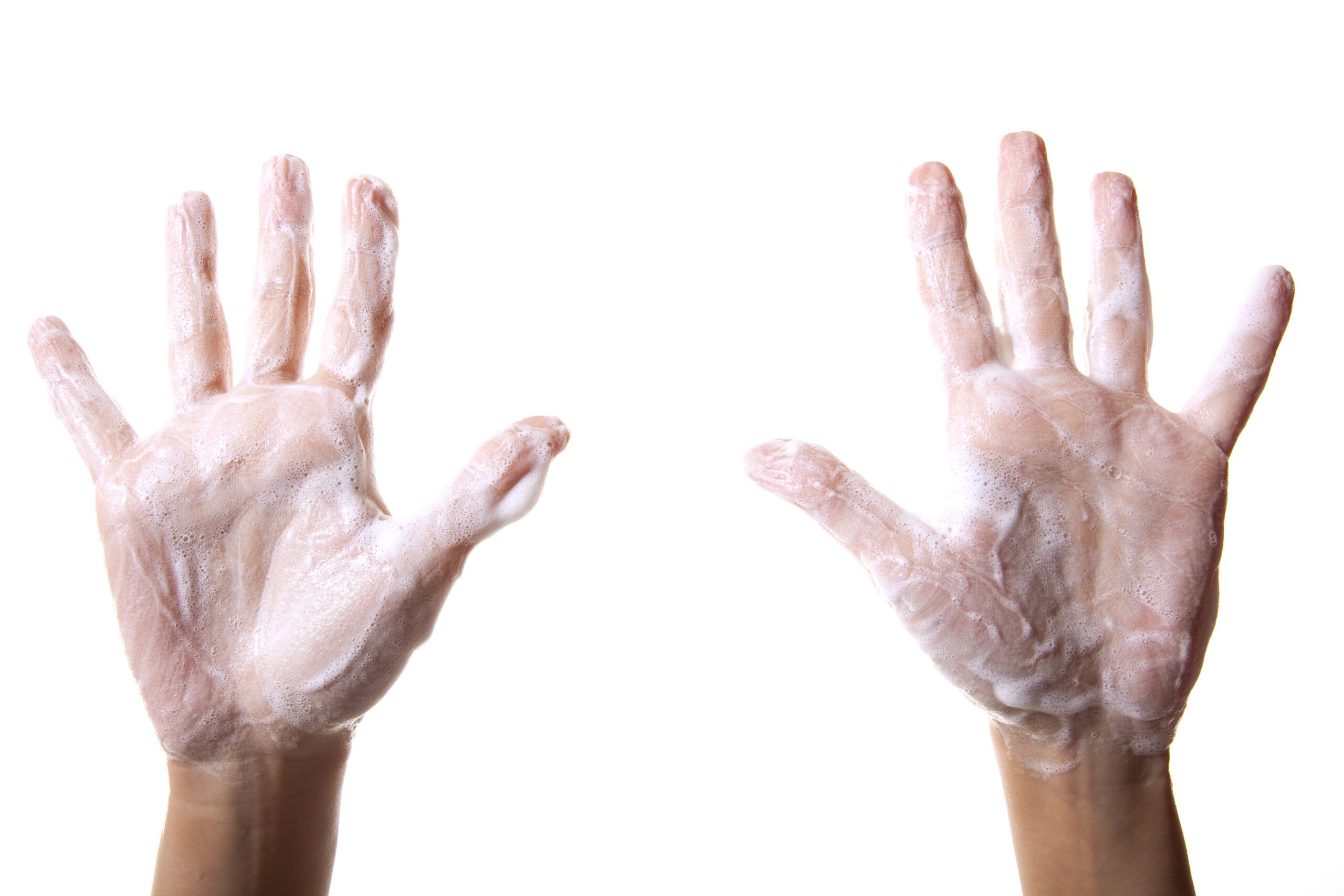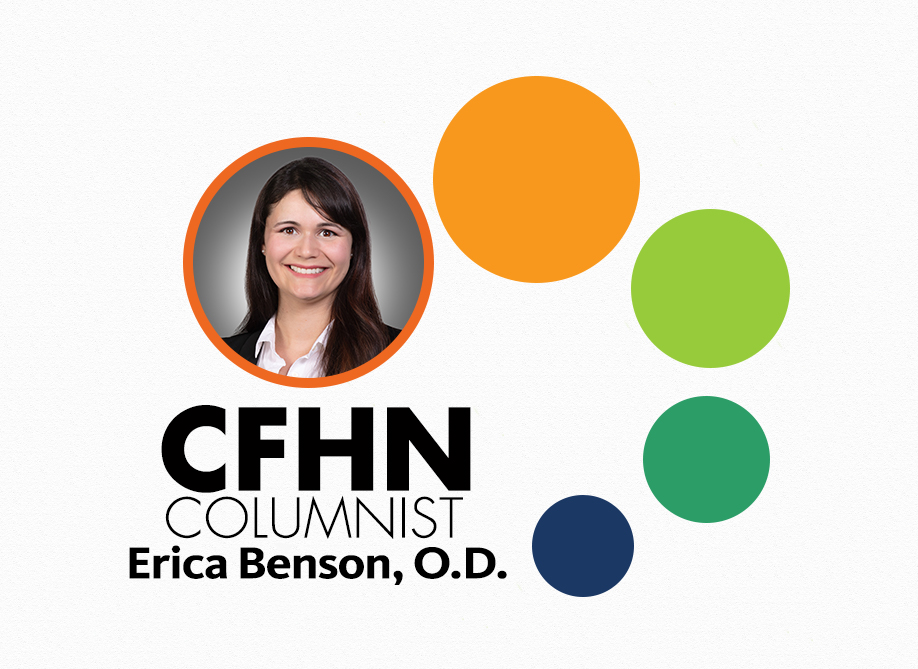
Health News
Features
-
Put your dirty hands in the air
Give Bad Bacteria the Stick Up with these Simple Steps Germs. The uninvited guest. The invisible menace. They are everywhere, even in places that look spotless. So how can you tell if something is truly clean? According to Joe Rubino, head microbiologist for Lysol, there are two types of clean. There is the visual…
-
Young blood (pressure, that is)
Hypertension is an increasing threat amongst young adults Nearly one in five young adults have high blood pressure, a surprising jump that has prompted researchers to call it a “sleeping epidemic” according to a new study by the University of North Carolina, Chapel Hill. UNC researchers analyzed data on more than 14,000 men and women…
-
The good, the bad and the ugly cholesterol
Q&A with Cynthia L. Ritter, CCRN, MSN, ARNP-C Central Florida Health News: Is there a “Good” and “Bad” cholesterol? Cynthia L. Ritter: Yes. Cholesterol is made of two types of lipoproteins, triglycerides and something called Lp(a). The two lipoproteins, low-density lipoprotein (LDL) and high-density lipoprotein (HDL) have been given the terms good and bad cholesterol.…
Columns
-
Myopia Control in the COVID-19 Era
My weekends are admittedly different now. Before my weekends were filled with time spent with friends, in person, but now they are Zoom calls, Brady Bunch style. We hosted our game night online, and we chat while we bake or make dinner. Even at our practice, we are utilizing the ability to work remotely, and…
-
Journey from Initial Opioid Use ???? Opioid Dependence ???? Addiction
There are 16 ounces in 1 pound; but it is true today, as it was when Benjamin Franklin stated that “an ounce of prevention is worth a pound of cure.” A little precaution to avoid/prevent an undesirable condition is preferable to developing a long-term negative situation and dealing with its potential consequences. If you consume…
-
Atrial Fibrillation: What You Need to Know
Atrial fibrillation is an irregular rhythm from the upper part of the heart. It is the most common cardiac arrhythmia. Incidence increases with advancing age, with 1 out of 5 over the age 85 having it. It appears this originates due to spontaneous discharges from pacemaker cells in the pulmonary veins at the point where…



